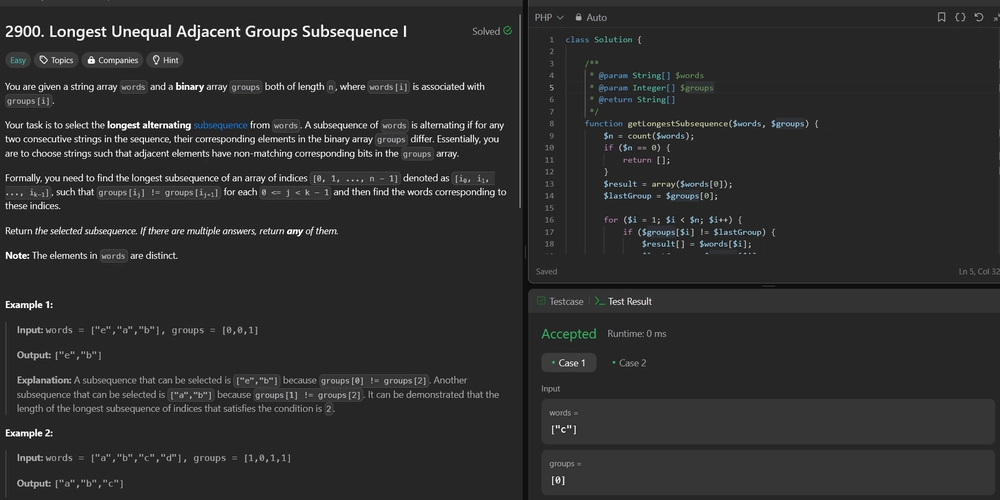UK wage growth slows and vacancies drop, as labour market cools – business live
Rolling coverage of the latest economic and financial newsThe increased cost of hiring workers in the UK is continuing to dampen the job market, according to the Institute of Directors.Alex Hall-Chen, Principal Policy Advisor for Employment at the Institute of Directors, says:“Today’s figures indicate declining employer demand for labour in the UK job market, with the number of payrolled employees decreasing on the month by 0.1% and vacancies falling by 42,000 on the quarter.“The business case for hiring has been weakened by a perfect storm of last month’s increased employer National Insurance Contributions and above-inflation increases to the minimum wage, alongside a wave of measures in the Employment Rights Bill which will make hiring staff riskier and costlier.“April’s drop in payrolled employment and unemployment rate increase suggests that cracks in the labour market are widening as the double whammy of rising National Insurance and National Living Wage hit employers, exacerbated by elevated global uncertainty.“While wage growth remains uncomfortably high, the downward pressure from a struggling economy, softening jobs market and rising employment costs should help put pay settlements on a firmer downward path.“If last month’s labour market data hinted at an early response to upcoming employer tax rises, this month’s figures confirm a clearer weakening. Unemployment ticked up for the first time in four months by 0.1 percentage point, payrolled employment fell by 33,000, and vacancies dropped further — staying below pre-pandemic levels for a second straight month. Heightened uncertainty around U.S. tariffs have likely added to the drag on business confidence.“Wage growth has cooled, with annual earnings including bonuses easing by 0.2 percentage points in March — suggesting fading inflationary pressures from pay in advance of April’s tax changes. As the Bank of England continues to balance inflation risks with growing weakness in the UK growth outlook, today’s figures may indicate a green light for another rate cut at next month’s MPC meeting.”The unemployment rate ticked up slightly to 4.5% in January to March 2025, while payrolled employee numbers fell by 47,000 between February and March 2025 and by 63,000 between March 2024 and March 2025. Job vacancies also dropped by 42,000 on the quarter to 761,000 in February to April 2025, marking the 34th consecutive quarterly decline.“Growth in regular pay, excluding bonuses, fell to 5.6% between January and March 2024, as did total pay, including bonuses, which dipped marginally to 5.5%. Despite the slight fall, with inflation currently at 2.6%, wage growth is still outpacing inflation at more than double the rate. Continue reading...

Rolling coverage of the latest economic and financial news
The increased cost of hiring workers in the UK is continuing to dampen the job market, according to the Institute of Directors.
Alex Hall-Chen, Principal Policy Advisor for Employment at the Institute of Directors, says:
“Today’s figures indicate declining employer demand for labour in the UK job market, with the number of payrolled employees decreasing on the month by 0.1% and vacancies falling by 42,000 on the quarter.
“The business case for hiring has been weakened by a perfect storm of last month’s increased employer National Insurance Contributions and above-inflation increases to the minimum wage, alongside a wave of measures in the Employment Rights Bill which will make hiring staff riskier and costlier.
“April’s drop in payrolled employment and unemployment rate increase suggests that cracks in the labour market are widening as the double whammy of rising National Insurance and National Living Wage hit employers, exacerbated by elevated global uncertainty.
“While wage growth remains uncomfortably high, the downward pressure from a struggling economy, softening jobs market and rising employment costs should help put pay settlements on a firmer downward path.
“If last month’s labour market data hinted at an early response to upcoming employer tax rises, this month’s figures confirm a clearer weakening. Unemployment ticked up for the first time in four months by 0.1 percentage point, payrolled employment fell by 33,000, and vacancies dropped further — staying below pre-pandemic levels for a second straight month. Heightened uncertainty around U.S. tariffs have likely added to the drag on business confidence.
“Wage growth has cooled, with annual earnings including bonuses easing by 0.2 percentage points in March — suggesting fading inflationary pressures from pay in advance of April’s tax changes. As the Bank of England continues to balance inflation risks with growing weakness in the UK growth outlook, today’s figures may indicate a green light for another rate cut at next month’s MPC meeting.”
The unemployment rate ticked up slightly to 4.5% in January to March 2025, while payrolled employee numbers fell by 47,000 between February and March 2025 and by 63,000 between March 2024 and March 2025. Job vacancies also dropped by 42,000 on the quarter to 761,000 in February to April 2025, marking the 34th consecutive quarterly decline.
“Growth in regular pay, excluding bonuses, fell to 5.6% between January and March 2024, as did total pay, including bonuses, which dipped marginally to 5.5%. Despite the slight fall, with inflation currently at 2.6%, wage growth is still outpacing inflation at more than double the rate. Continue reading...














































































